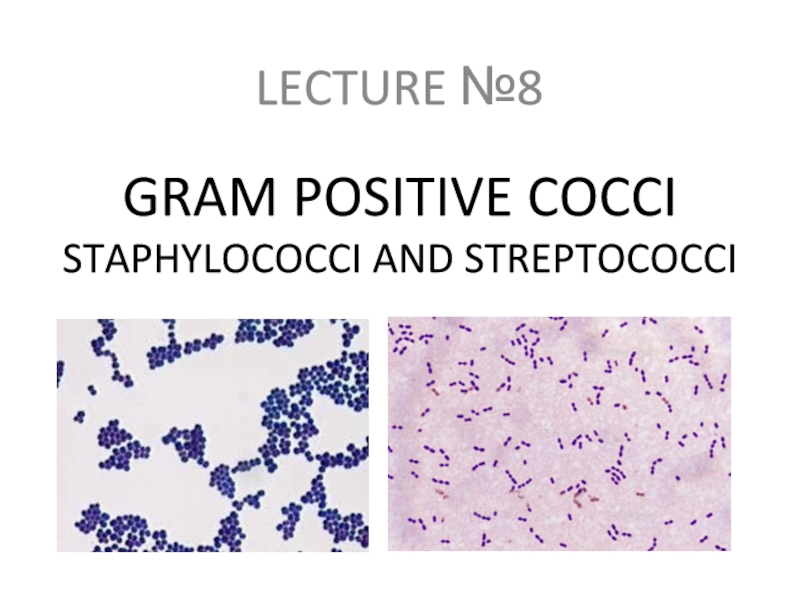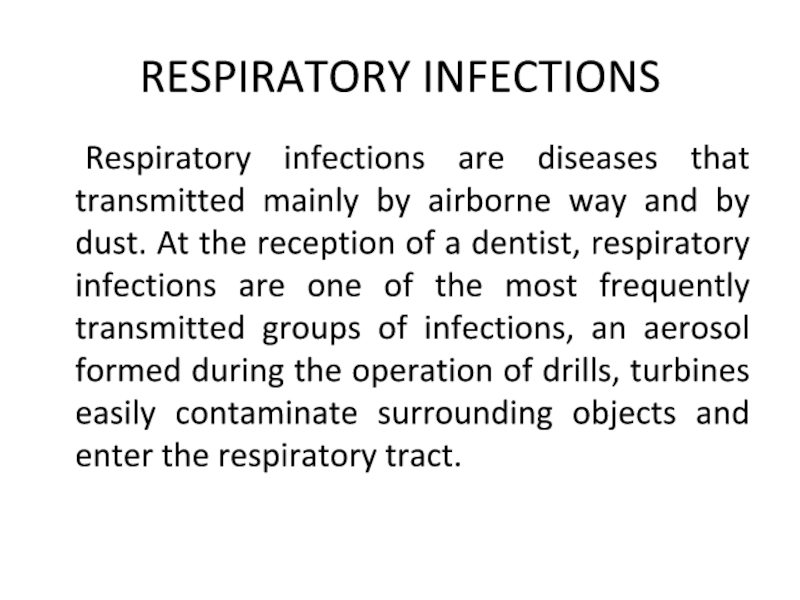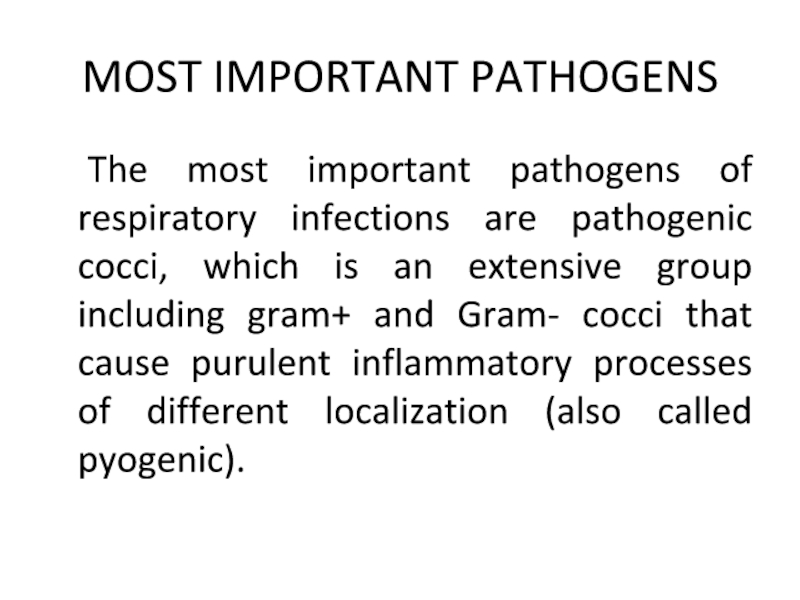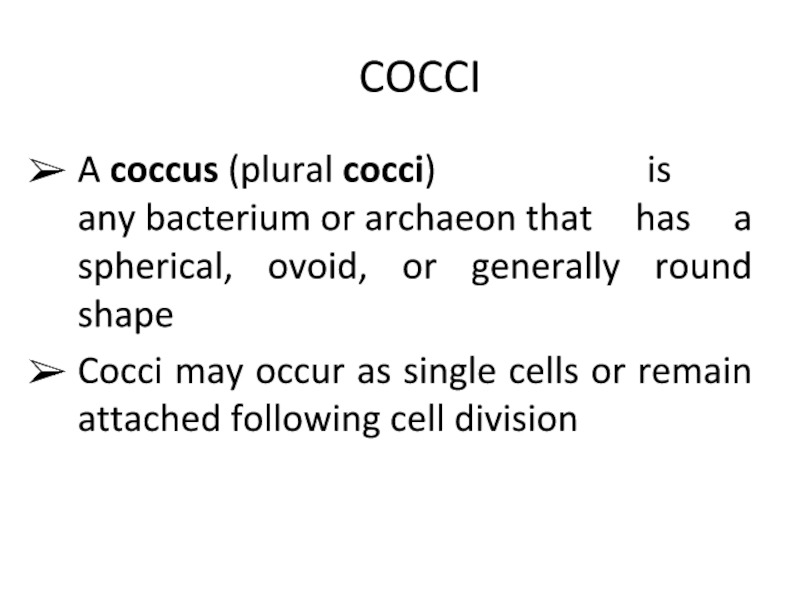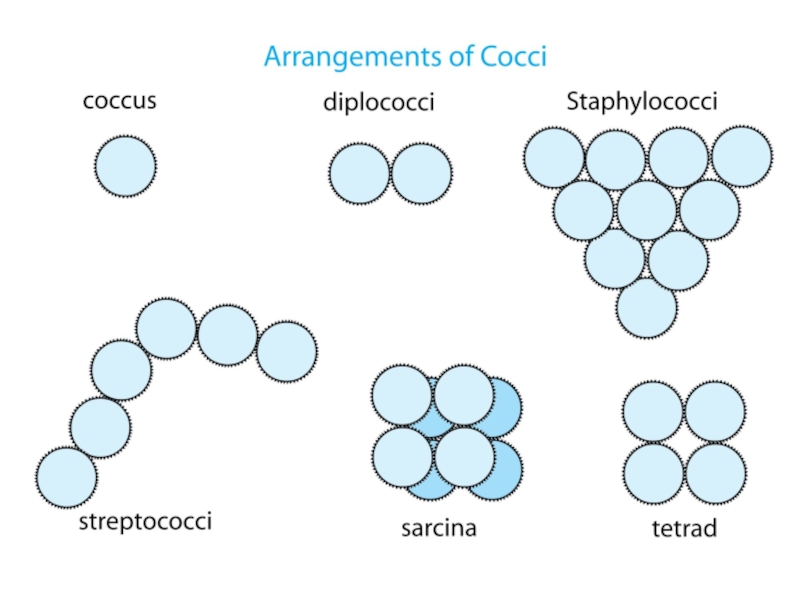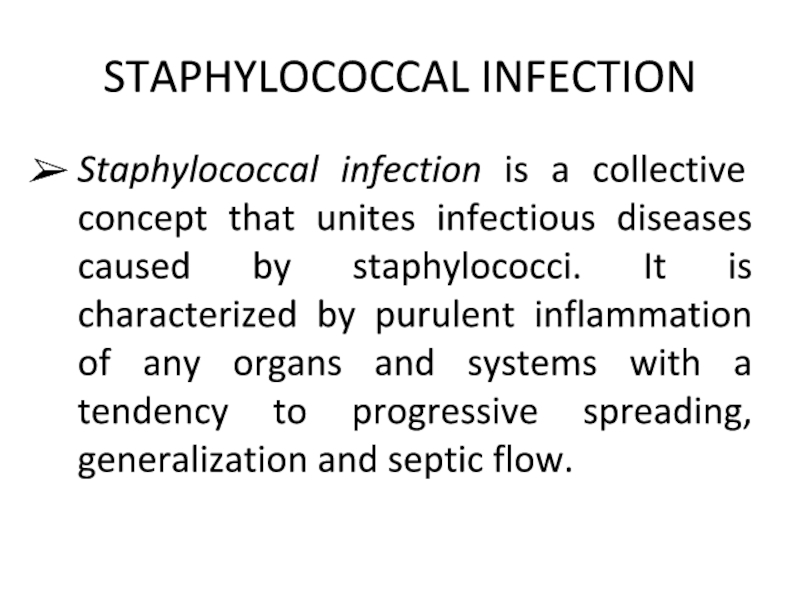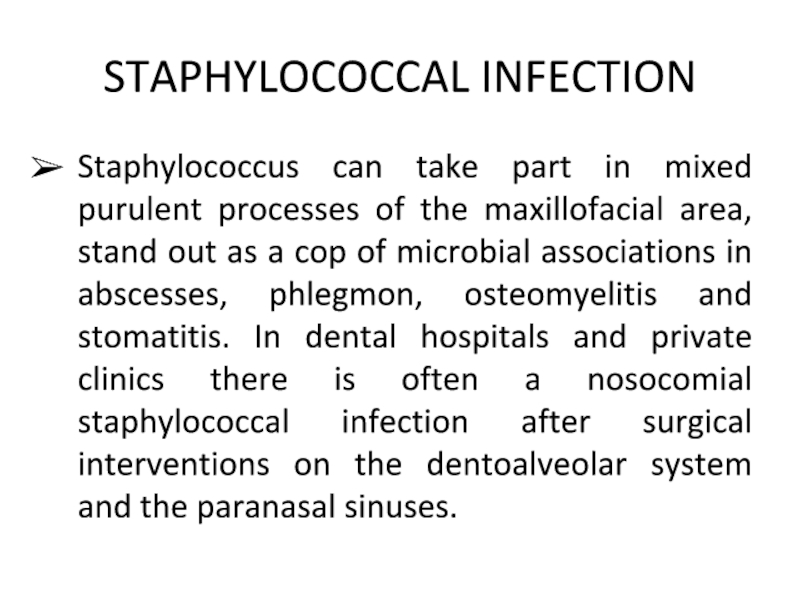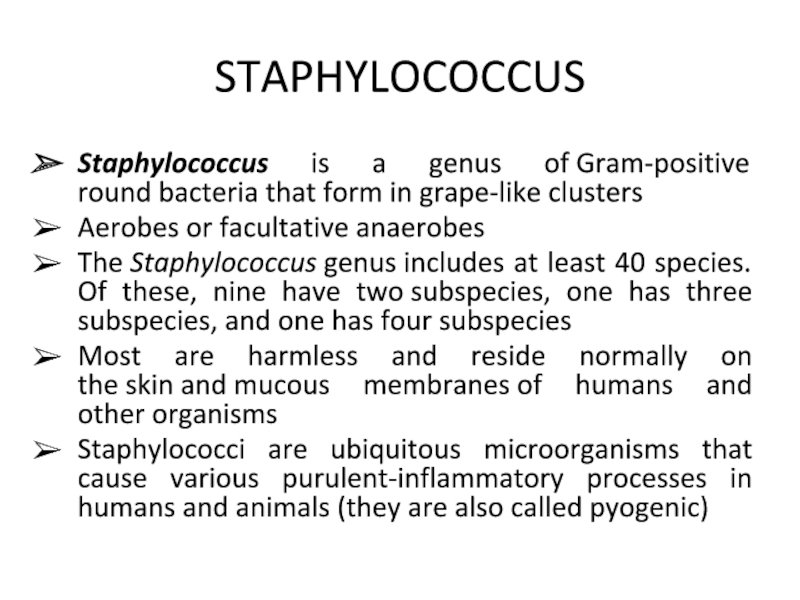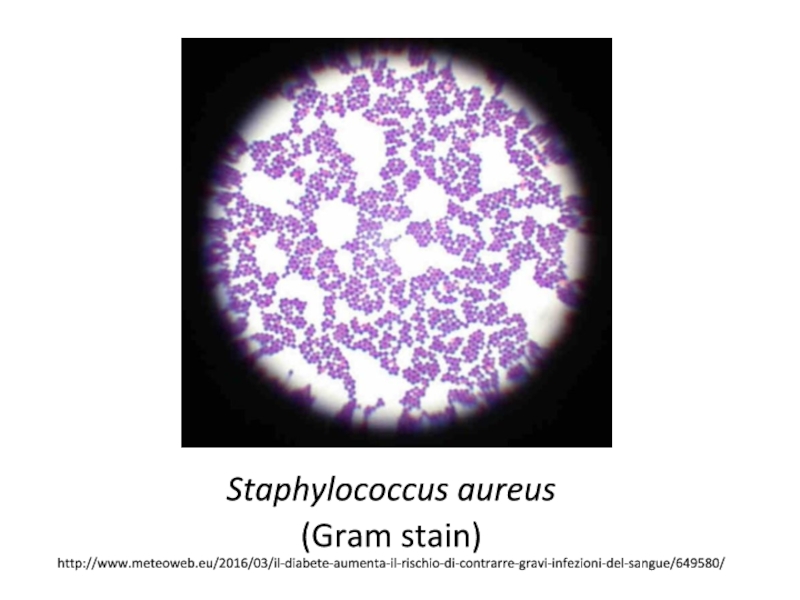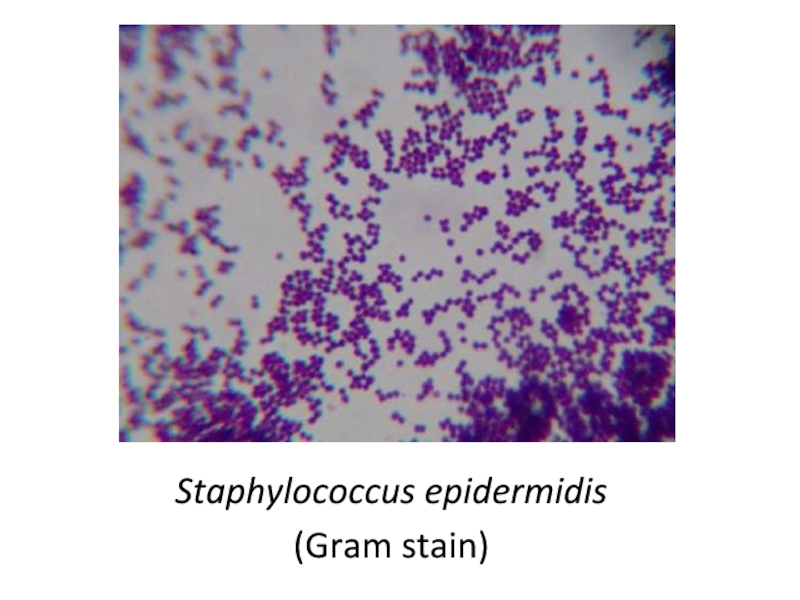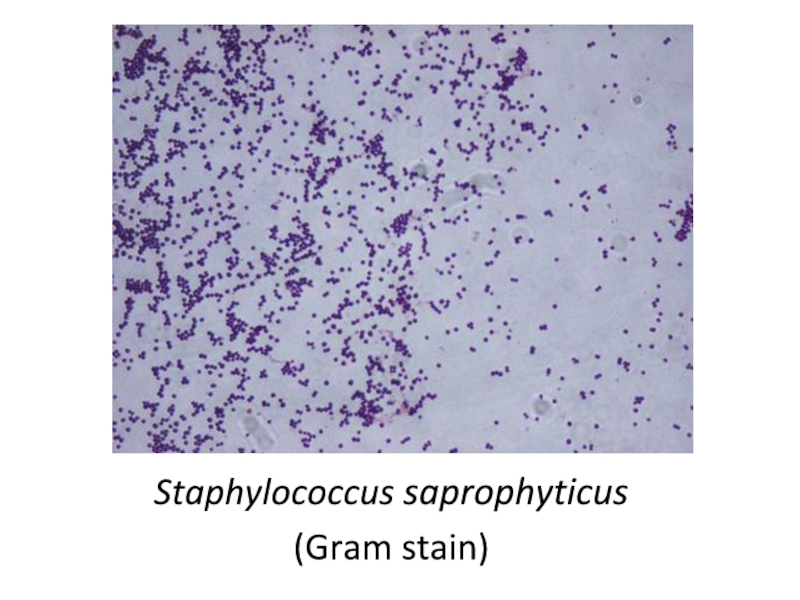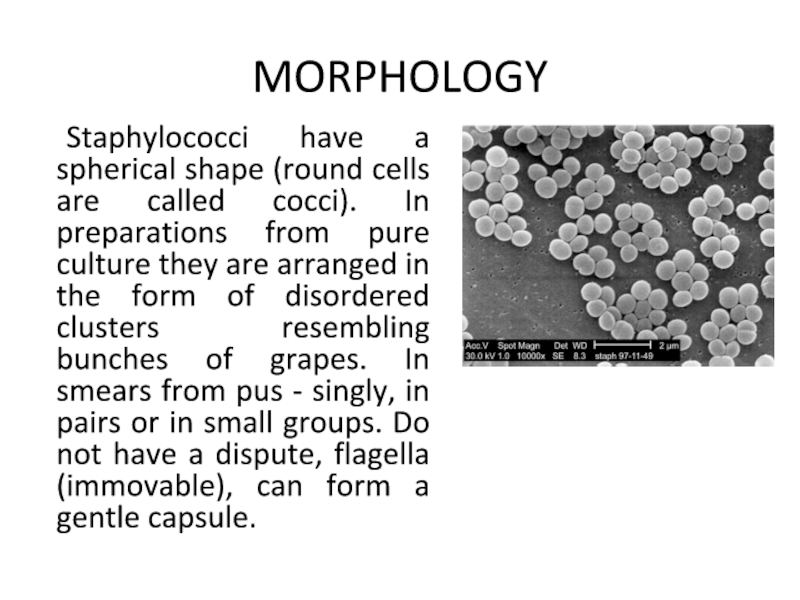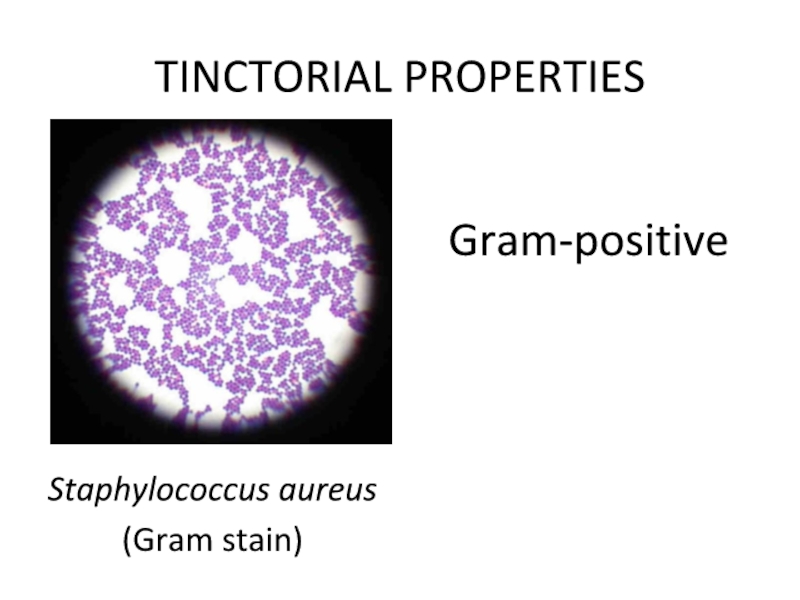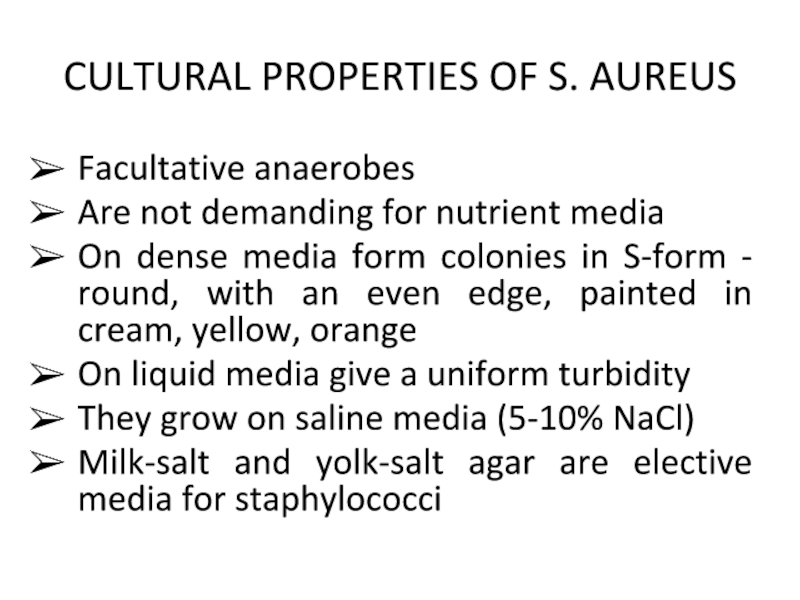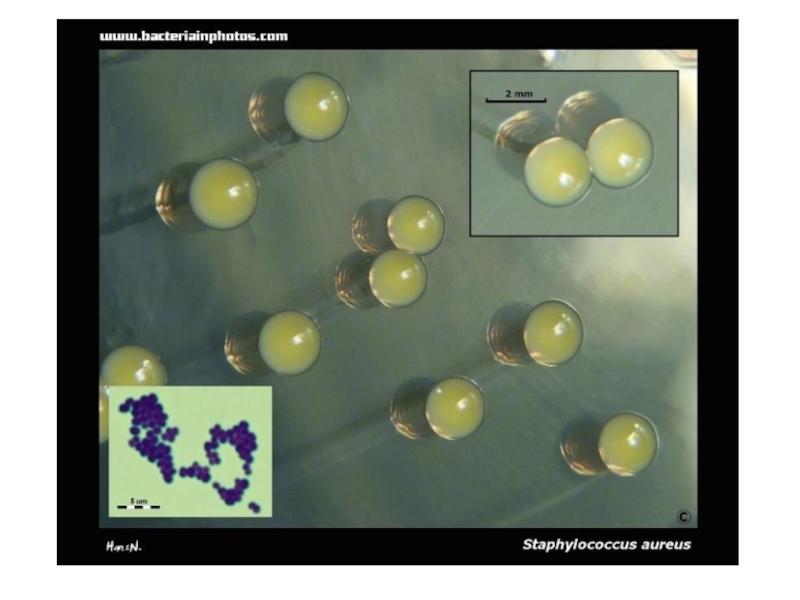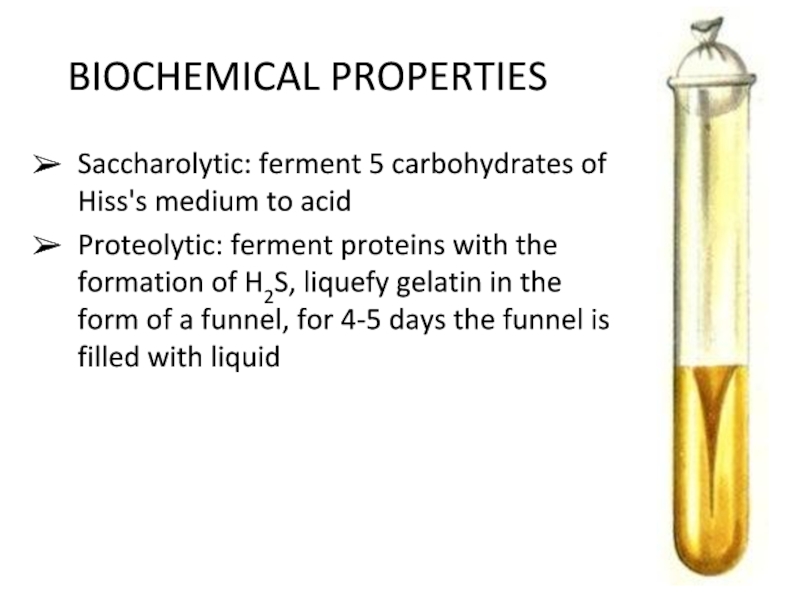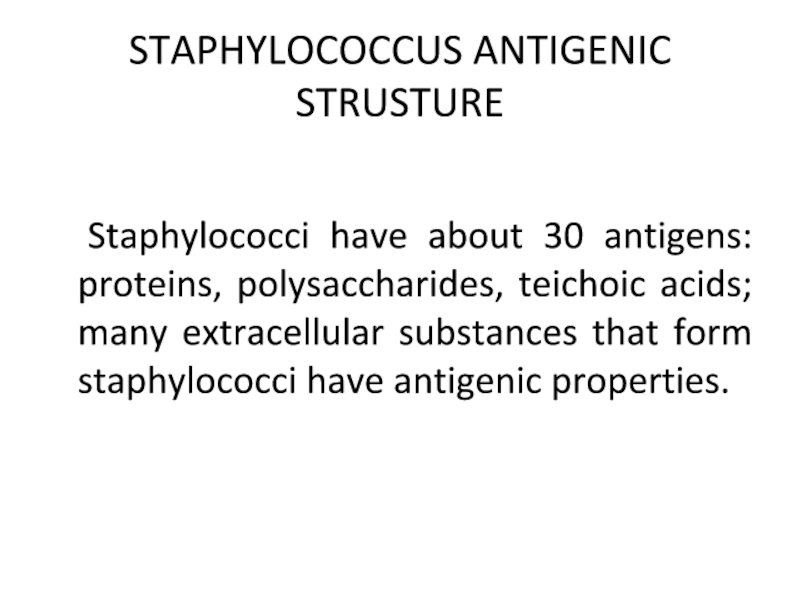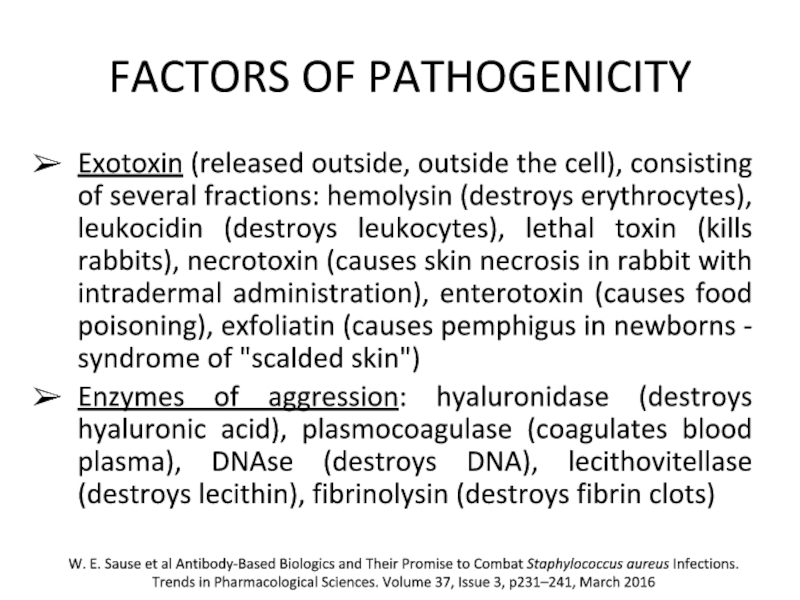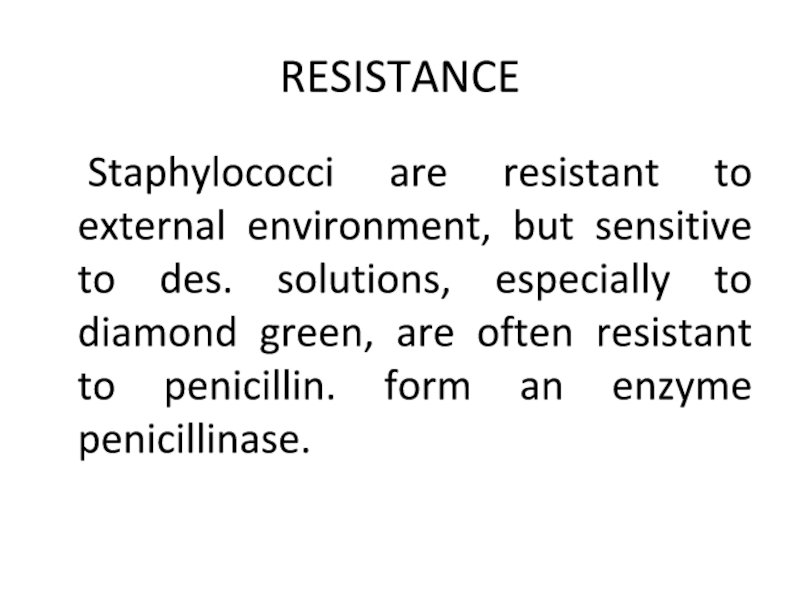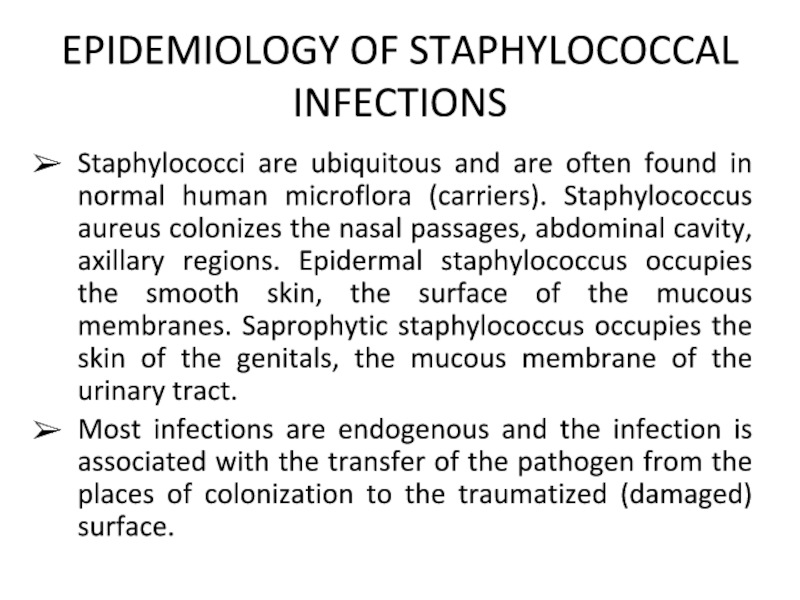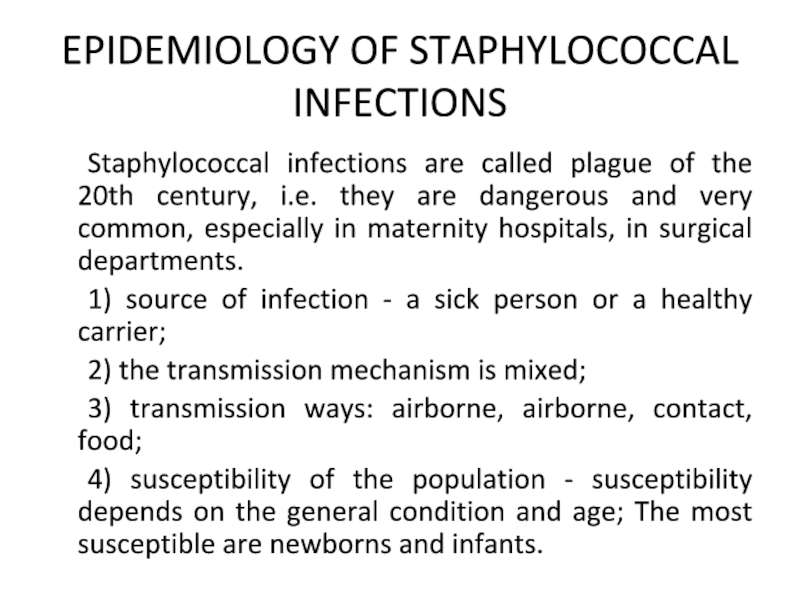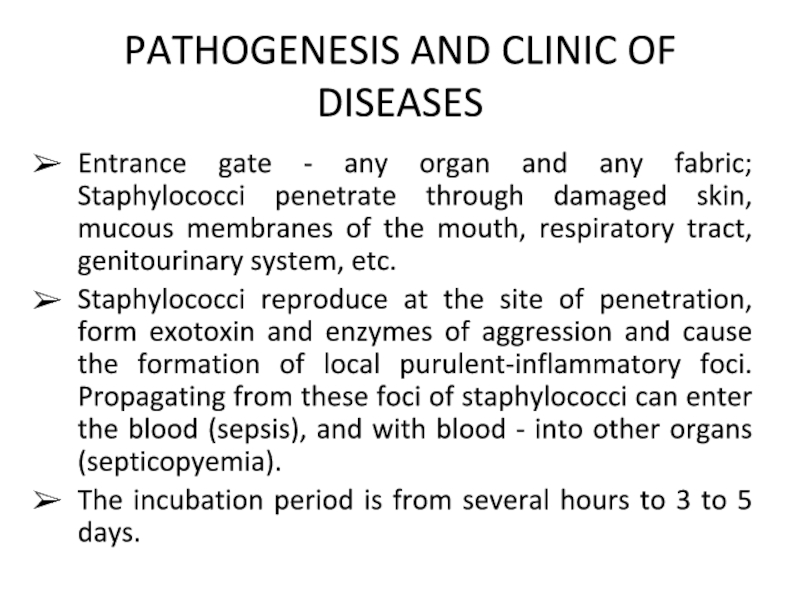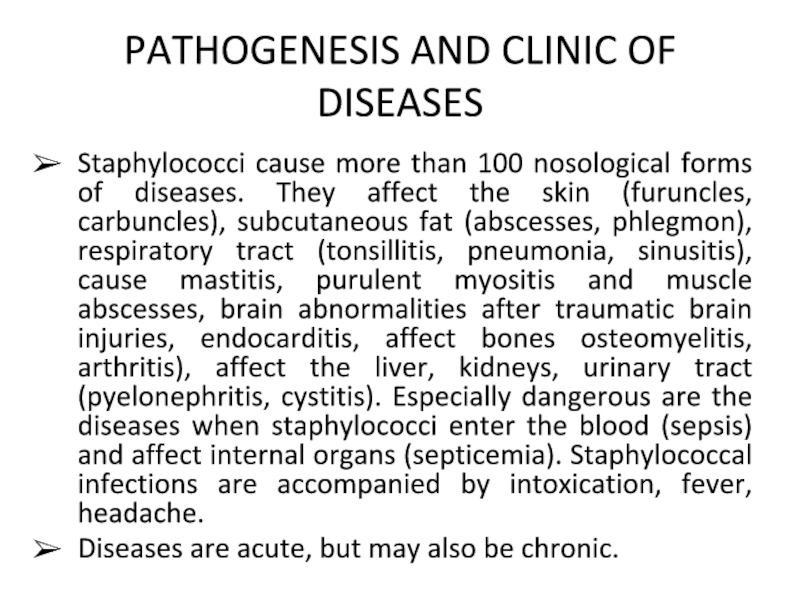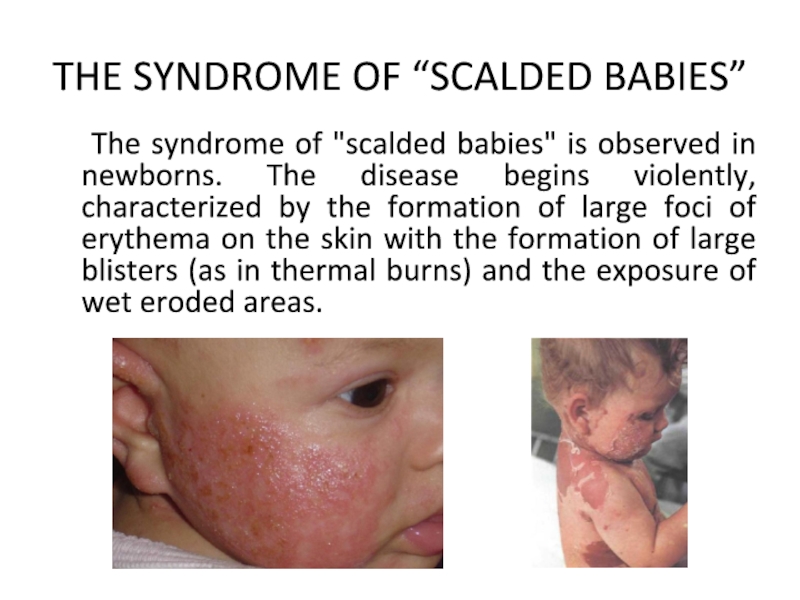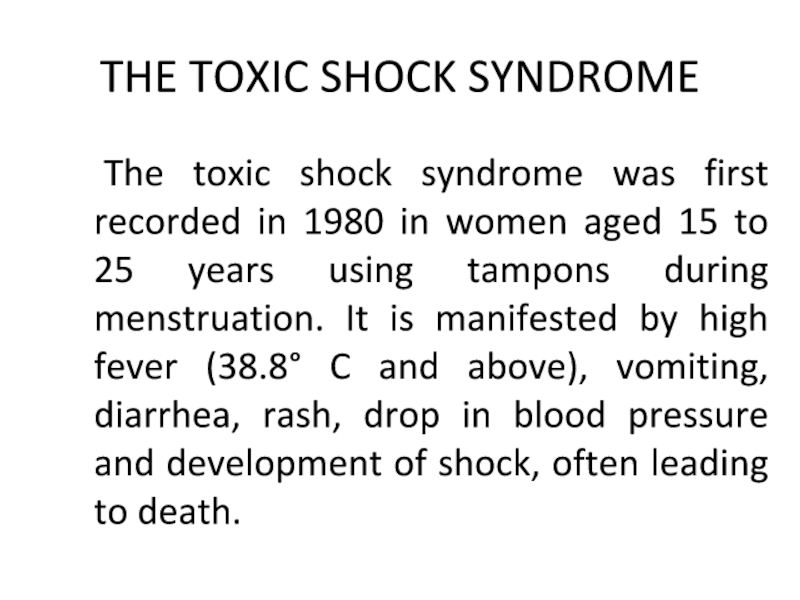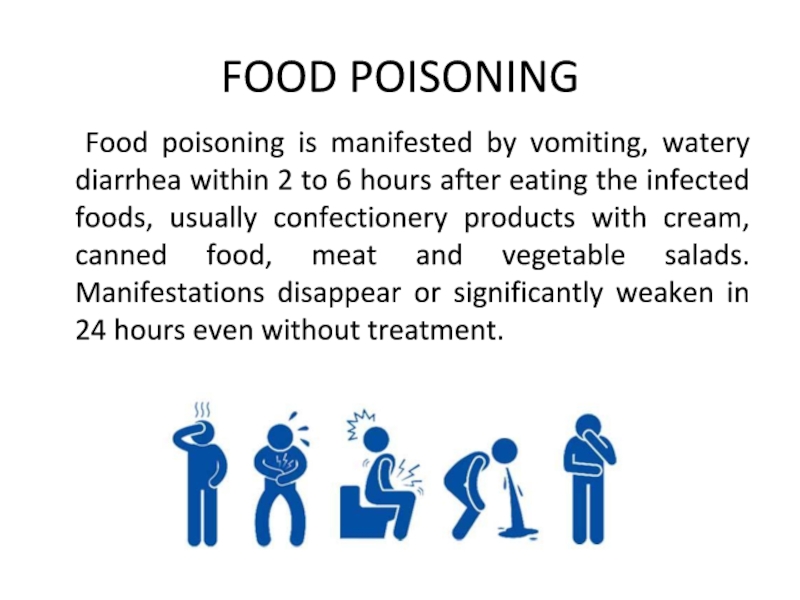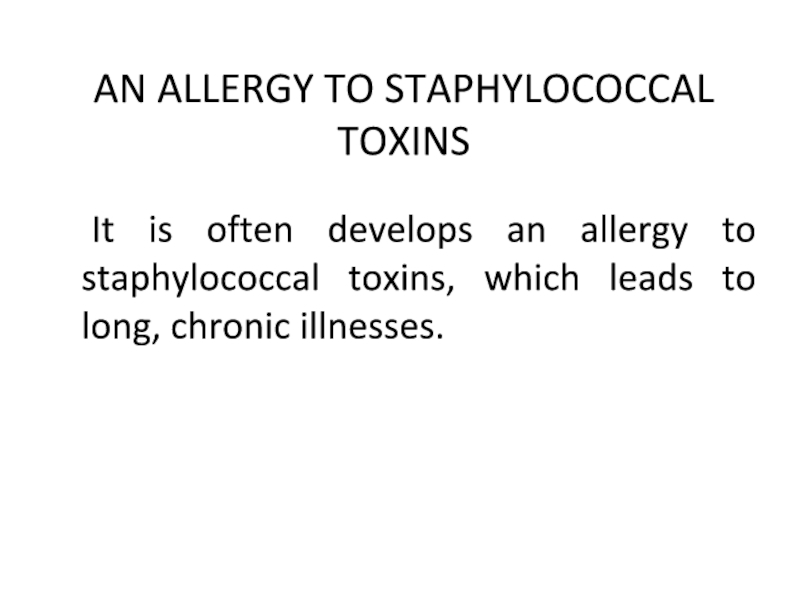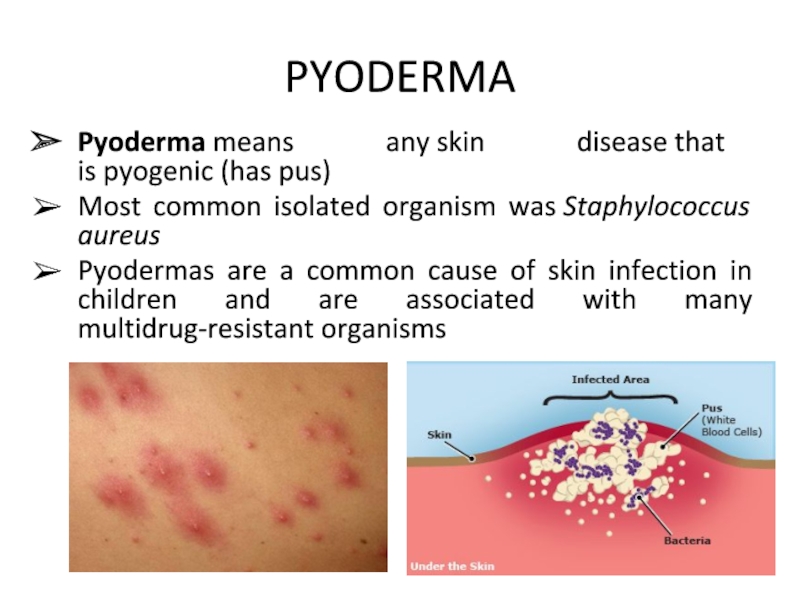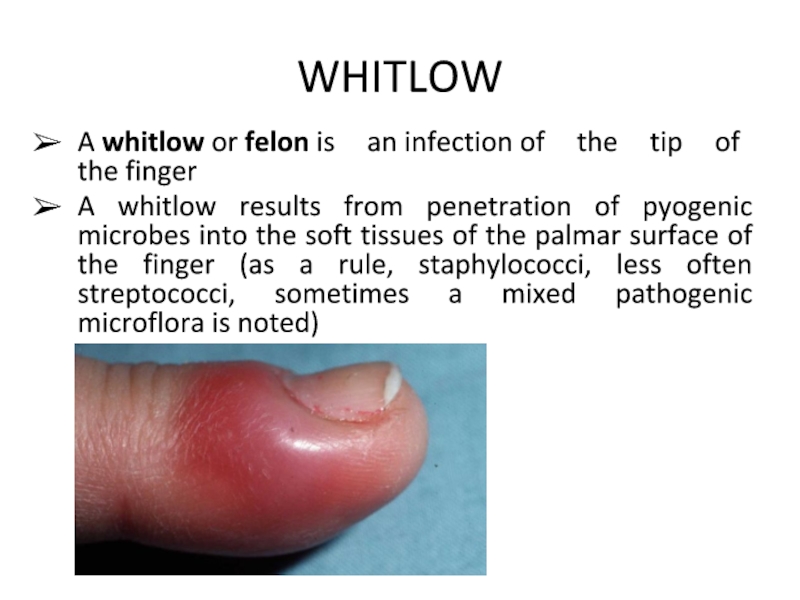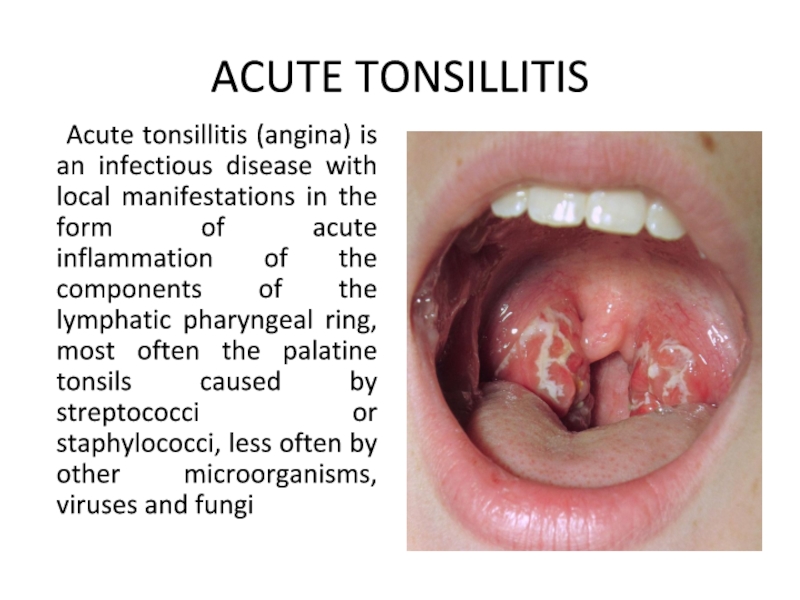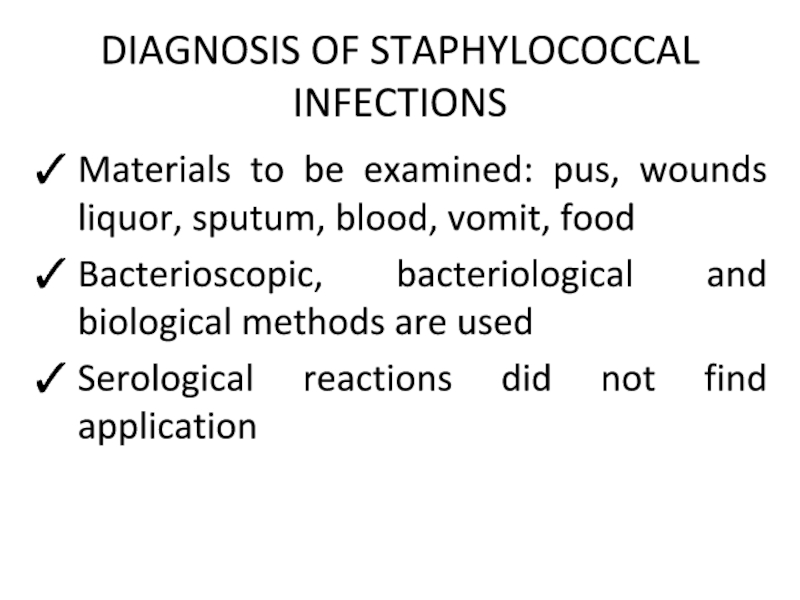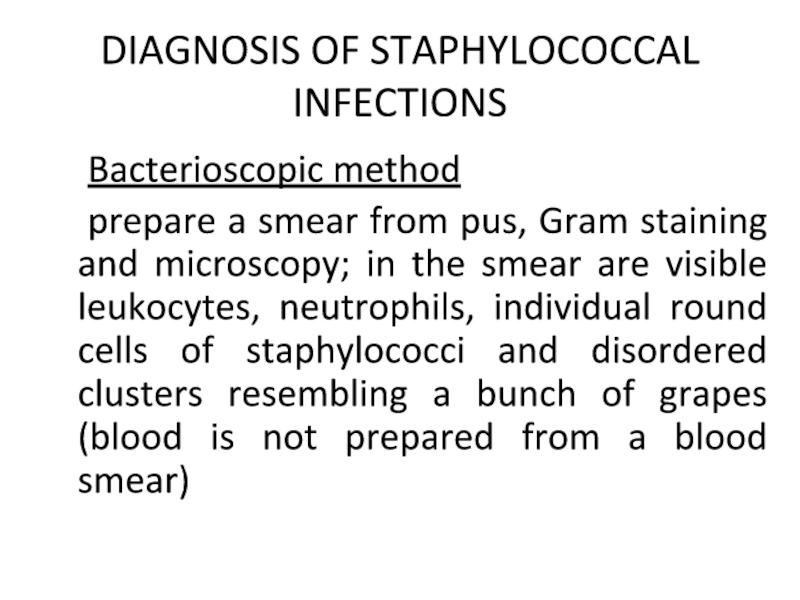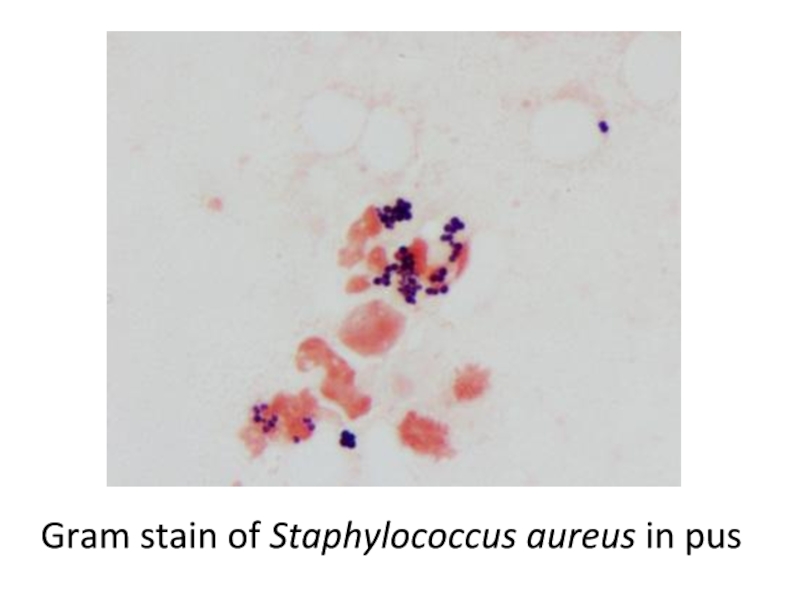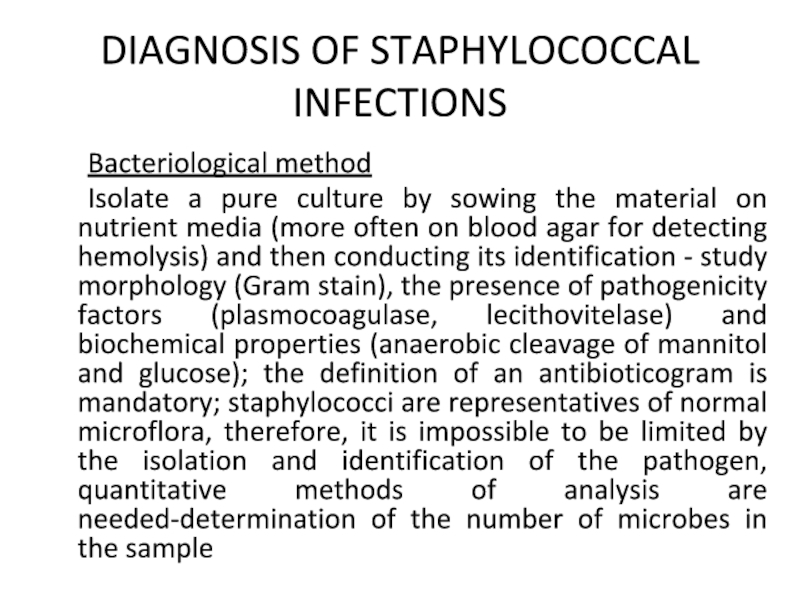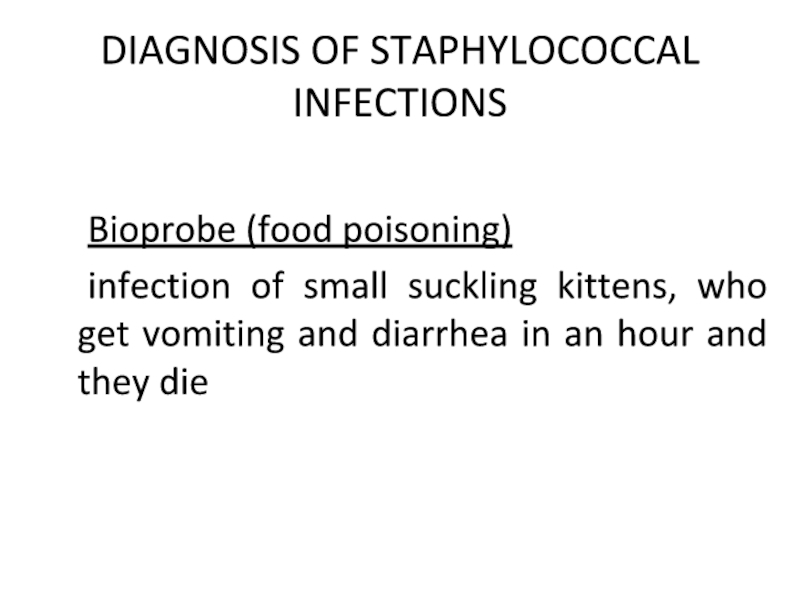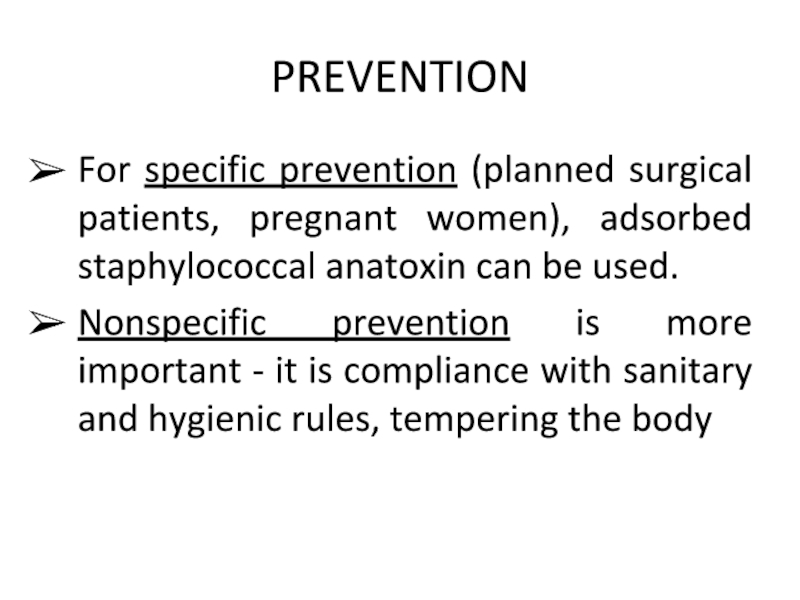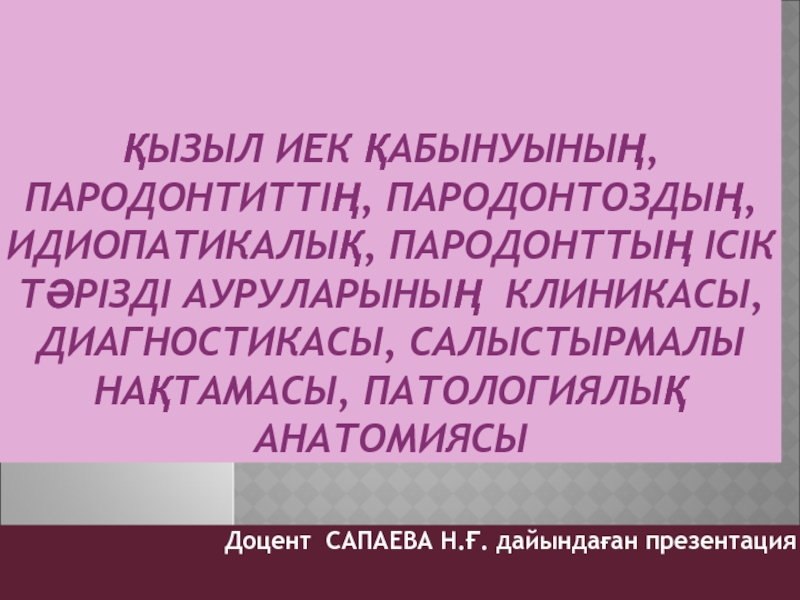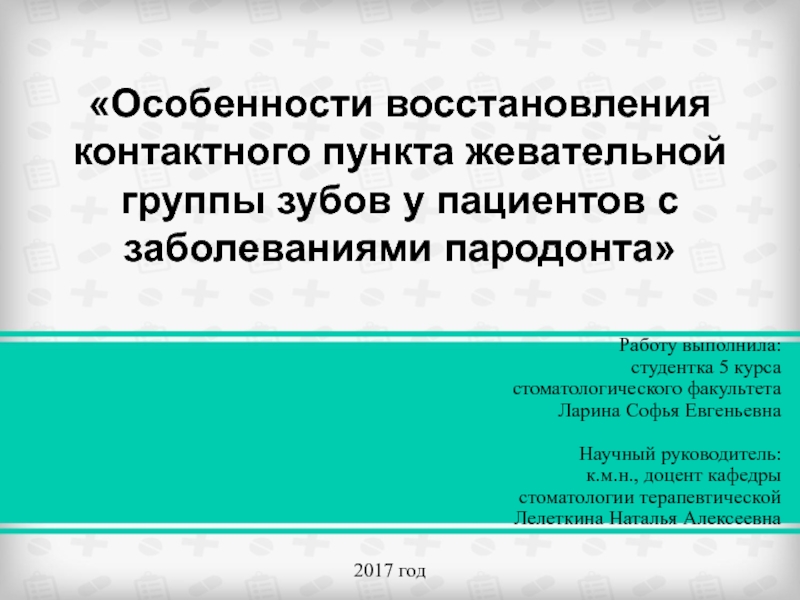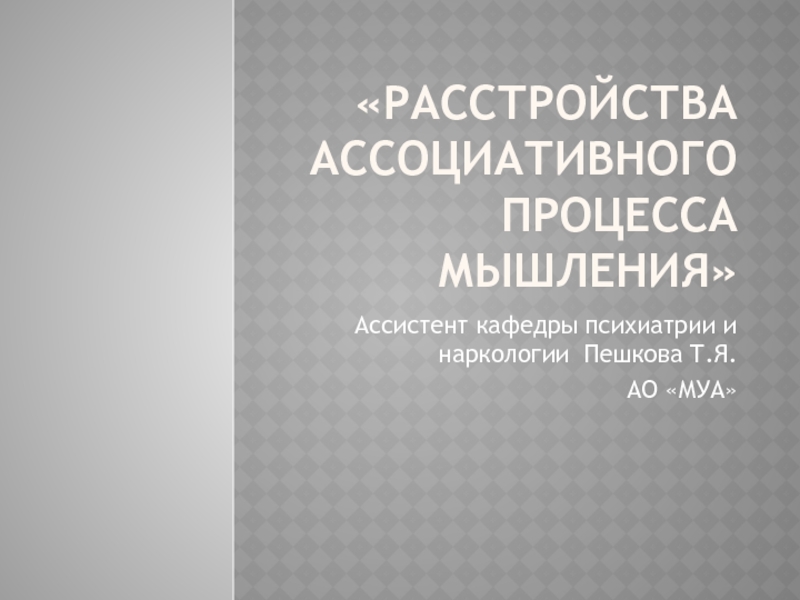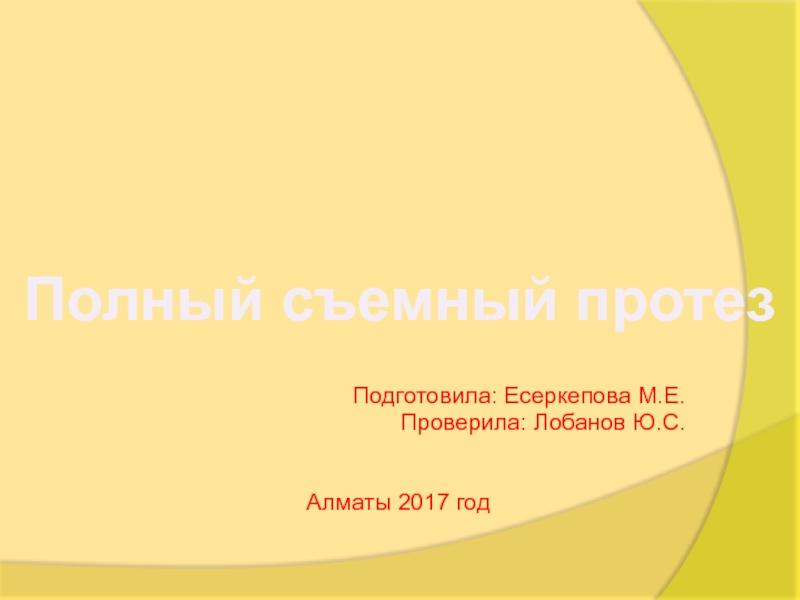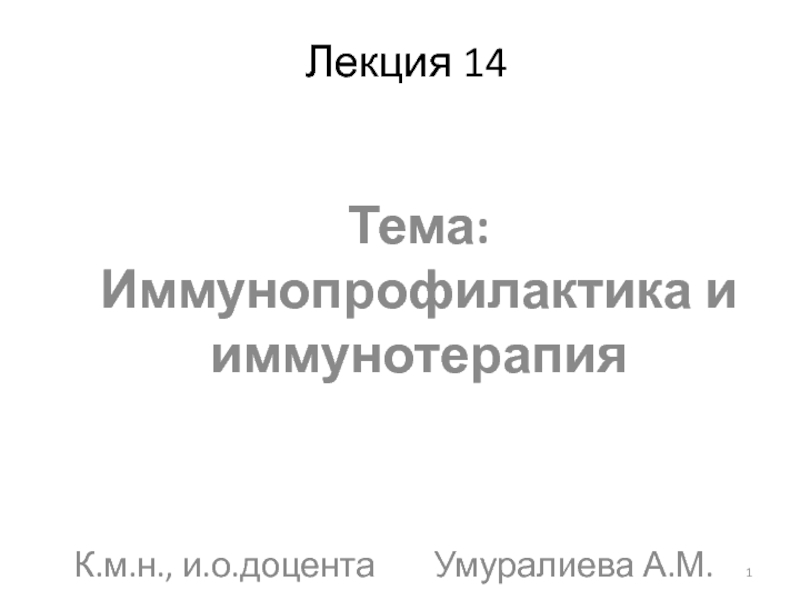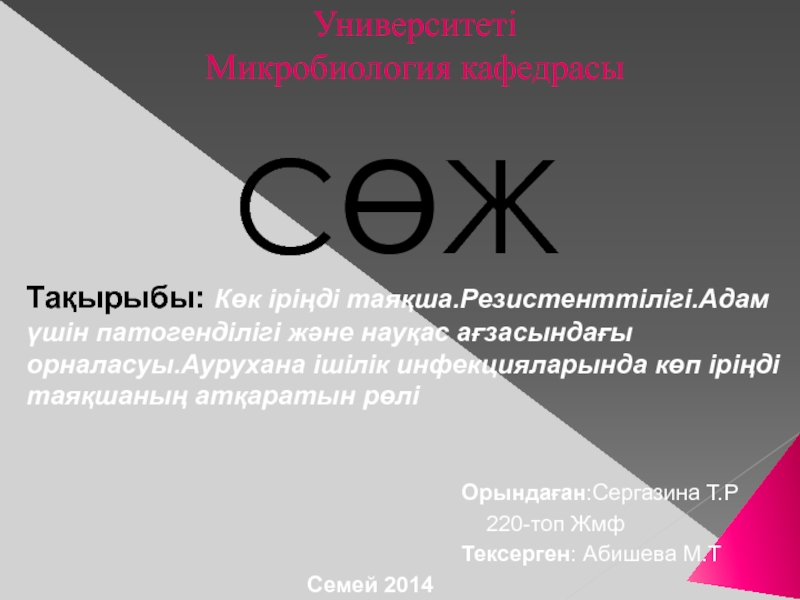- Главная
- Разное
- Дизайн
- Бизнес и предпринимательство
- Аналитика
- Образование
- Развлечения
- Красота и здоровье
- Финансы
- Государство
- Путешествия
- Спорт
- Недвижимость
- Армия
- Графика
- Культурология
- Еда и кулинария
- Лингвистика
- Английский язык
- Астрономия
- Алгебра
- Биология
- География
- Детские презентации
- Информатика
- История
- Литература
- Маркетинг
- Математика
- Медицина
- Менеджмент
- Музыка
- МХК
- Немецкий язык
- ОБЖ
- Обществознание
- Окружающий мир
- Педагогика
- Русский язык
- Технология
- Физика
- Философия
- Химия
- Шаблоны, картинки для презентаций
- Экология
- Экономика
- Юриспруденция
Gram positive cocci. Staphylococci and streptococci презентация
Содержание
- 1. Gram positive cocci. Staphylococci and streptococci
- 2. RESPIRATORY INFECTIONS Respiratory infections are diseases that
- 3. MOST IMPORTANT PATHOGENS The most important pathogens
- 4. COCCI A coccus (plural cocci) is any bacterium or archaeon that has a spherical,
- 6. STAPHYLOCOCCAL INFECTION Staphylococcal infection is a collective
- 7. STAPHYLOCOCCAL INFECTION Staphylococcus can take part in
- 8. STAPHYLOCOCCUS Staphylococcus is a genus of Gram-positive round bacteria
- 9. STAPHYLOCOCCUS Staphylococci belong to the department of
- 10. Staphylococcus aureus (Gram stain) http://www.meteoweb.eu/2016/03/il-diabete-aumenta-il-rischio-di-contrarre-gravi-infezioni-del-sangue/649580/
- 11. Staphylococcus epidermidis (Gram stain)
- 12. Staphylococcus saprophyticus (Gram stain)
- 13. Staphylococci have a spherical shape (round cells
- 14. Staphylococcus aureus (Gram stain) TINCTORIAL PROPERTIES Gram-positive
- 15. CULTURAL PROPERTIES OF S. AUREUS Facultative anaerobes
- 17. BIOCHEMICAL PROPERTIES Saccharolytic: ferment 5 carbohydrates of
- 18. STAPHYLOCOCCUS ANTIGENIC STRUSTURE Staphylococci have about 30
- 19. FACTORS OF PATHOGENICITY Exotoxin (released outside, outside
- 20. RESISTANCE Staphylococci are resistant to external environment,
- 21. EPIDEMIOLOGY OF STAPHYLOCOCCAL INFECTIONS Staphylococci are ubiquitous
- 22. EPIDEMIOLOGY OF STAPHYLOCOCCAL INFECTIONS Staphylococcal infections are
- 23. PATHOGENESIS AND CLINIC OF DISEASES Entrance gate
- 24. PATHOGENESIS AND CLINIC OF DISEASES Staphylococci cause
- 25. THE SYNDROME OF “SCALDED BABIES” The syndrome
- 26. THE TOXIC SHOCK SYNDROME The toxic shock
- 27. FOOD POISONING Food poisoning is manifested by
- 28. AN ALLERGY TO STAPHYLOCOCCAL TOXINS It
- 29. PYODERMA Pyoderma means any skin disease that is pyogenic (has pus) Most
- 30. WHITLOW A whitlow or felon is an infection of the tip of the finger
- 31. ACUTE TONSILLITIS Acute tonsillitis (angina) is an
- 32. DIAGNOSIS OF STAPHYLOCOCCAL INFECTIONS Materials to be
- 33. DIAGNOSIS OF STAPHYLOCOCCAL INFECTIONS Bacterioscopic method prepare
- 34. Gram stain of Staphylococcus aureus in pus
- 35. DIAGNOSIS OF STAPHYLOCOCCAL INFECTIONS Bacteriological method Isolate
- 36. DIAGNOSIS OF STAPHYLOCOCCAL INFECTIONS Bioprobe (food poisoning)
- 37. TREATMENT Apply broad-spectrum antibiotics, semisynthetic penicillins (methicillin,
- 38. PREVENTION For specific prevention (planned surgical patients,
Слайд 2RESPIRATORY INFECTIONS
Respiratory infections are diseases that transmitted mainly by airborne way
and by dust. At the reception of a dentist, respiratory infections are one of the most frequently transmitted groups of infections, an aerosol formed during the operation of drills, turbines easily contaminate surrounding objects and enter the respiratory tract.
Слайд 3MOST IMPORTANT PATHOGENS
The most important pathogens of respiratory infections are pathogenic
cocci, which is an extensive group including gram+ and Gram- cocci that cause purulent inflammatory processes of different localization (also called pyogenic).
Слайд 4 COCCI
A coccus (plural cocci) is any bacterium or archaeon that has a spherical, ovoid, or generally round shape
Cocci
may occur as single cells or remain attached following cell division
Слайд 6STAPHYLOCOCCAL INFECTION
Staphylococcal infection is a collective concept that unites infectious diseases
caused by staphylococci. It is characterized by purulent inflammation of any organs and systems with a tendency to progressive spreading, generalization and septic flow.
Слайд 7STAPHYLOCOCCAL INFECTION
Staphylococcus can take part in mixed purulent processes of the
maxillofacial area, stand out as a cop of microbial associations in abscesses, phlegmon, osteomyelitis and stomatitis. In dental hospitals and private clinics there is often a nosocomial staphylococcal infection after surgical interventions on the dentoalveolar system and the paranasal sinuses.
Слайд 8STAPHYLOCOCCUS
Staphylococcus is a genus of Gram-positive round bacteria that form in grape-like clusters
Aerobes or
facultative anaerobes
The Staphylococcus genus includes at least 40 species. Of these, nine have two subspecies, one has three subspecies, and one has four subspecies
Most are harmless and reside normally on the skin and mucous membranes of humans and other organisms
Staphylococci are ubiquitous microorganisms that cause various purulent-inflammatory processes in humans and animals (they are also called pyogenic)
The Staphylococcus genus includes at least 40 species. Of these, nine have two subspecies, one has three subspecies, and one has four subspecies
Most are harmless and reside normally on the skin and mucous membranes of humans and other organisms
Staphylococci are ubiquitous microorganisms that cause various purulent-inflammatory processes in humans and animals (they are also called pyogenic)
Слайд 9STAPHYLOCOCCUS
Staphylococci belong to the department of Firmicutes, this family. Micrococaceae, genus
Staphylococcus. The genus includes 27 species, among which there are pathogenic, conditionally pathogenic species and saprophytes. The main human lesions are caused by 3 species: S. aureus, S.epidermidis and S. saprophyticus.
Слайд 10Staphylococcus aureus
(Gram stain)
http://www.meteoweb.eu/2016/03/il-diabete-aumenta-il-rischio-di-contrarre-gravi-infezioni-del-sangue/649580/
Слайд 13 Staphylococci have a spherical shape (round cells are called cocci). In
preparations from pure culture they are arranged in the form of disordered clusters resembling bunches of grapes. In smears from pus - singly, in pairs or in small groups. Do not have a dispute, flagella (immovable), can form a gentle capsule.
MORPHOLOGY
Слайд 15CULTURAL PROPERTIES OF S. AUREUS
Facultative anaerobes
Are not demanding for nutrient media
On
dense media form colonies in S-form - round, with an even edge, painted in cream, yellow, orange
On liquid media give a uniform turbidity
They grow on saline media (5-10% NaCl)
Milk-salt and yolk-salt agar are elective media for staphylococci
On liquid media give a uniform turbidity
They grow on saline media (5-10% NaCl)
Milk-salt and yolk-salt agar are elective media for staphylococci
Слайд 17BIOCHEMICAL PROPERTIES
Saccharolytic: ferment 5 carbohydrates of Hiss's medium to acid
Proteolytic: ferment
proteins with the formation of H2S, liquefy gelatin in the form of a funnel, for 4-5 days the funnel is filled with liquid
Слайд 18STAPHYLOCOCCUS ANTIGENIC STRUSTURE
Staphylococci have about 30 antigens: proteins, polysaccharides, teichoic acids;
many extracellular substances that form staphylococci have antigenic properties.
Слайд 19FACTORS OF PATHOGENICITY
Exotoxin (released outside, outside the cell), consisting of several
fractions: hemolysin (destroys erythrocytes), leukocidin (destroys leukocytes), lethal toxin (kills rabbits), necrotoxin (causes skin necrosis in rabbit with intradermal administration), enterotoxin (causes food poisoning), exfoliatin (causes pemphigus in newborns - syndrome of "scalded skin")
Enzymes of aggression: hyaluronidase (destroys hyaluronic acid), plasmocoagulase (coagulates blood plasma), DNAse (destroys DNA), lecithovitellase (destroys lecithin), fibrinolysin (destroys fibrin clots)
Enzymes of aggression: hyaluronidase (destroys hyaluronic acid), plasmocoagulase (coagulates blood plasma), DNAse (destroys DNA), lecithovitellase (destroys lecithin), fibrinolysin (destroys fibrin clots)
W. E. Sause et al Antibody-Based Biologics and Their Promise to Combat Staphylococcus aureus Infections. Trends in Pharmacological Sciences. Volume 37, Issue 3, p231–241, March 2016
Слайд 20RESISTANCE
Staphylococci are resistant to external environment, but sensitive to des. solutions,
especially to diamond green, are often resistant to penicillin. form an enzyme penicillinase.
Слайд 21EPIDEMIOLOGY OF STAPHYLOCOCCAL INFECTIONS
Staphylococci are ubiquitous and are often found in
normal human microflora (carriers). Staphylococcus aureus colonizes the nasal passages, abdominal cavity, axillary regions. Epidermal staphylococcus occupies the smooth skin, the surface of the mucous membranes. Saprophytic staphylococcus occupies the skin of the genitals, the mucous membrane of the urinary tract.
Most infections are endogenous and the infection is associated with the transfer of the pathogen from the places of colonization to the traumatized (damaged) surface.
Most infections are endogenous and the infection is associated with the transfer of the pathogen from the places of colonization to the traumatized (damaged) surface.
Слайд 22EPIDEMIOLOGY OF STAPHYLOCOCCAL INFECTIONS
Staphylococcal infections are called plague of the 20th
century, i.e. they are dangerous and very common, especially in maternity hospitals, in surgical departments.
1) source of infection - a sick person or a healthy carrier;
2) the transmission mechanism is mixed;
3) transmission ways: airborne, airborne, contact, food;
4) susceptibility of the population - susceptibility depends on the general condition and age; The most susceptible are newborns and infants.
1) source of infection - a sick person or a healthy carrier;
2) the transmission mechanism is mixed;
3) transmission ways: airborne, airborne, contact, food;
4) susceptibility of the population - susceptibility depends on the general condition and age; The most susceptible are newborns and infants.
Слайд 23PATHOGENESIS AND CLINIC OF DISEASES
Entrance gate - any organ and any
fabric; Staphylococci penetrate through damaged skin, mucous membranes of the mouth, respiratory tract, genitourinary system, etc.
Staphylococci reproduce at the site of penetration, form exotoxin and enzymes of aggression and cause the formation of local purulent-inflammatory foci. Propagating from these foci of staphylococci can enter the blood (sepsis), and with blood - into other organs (septicopyemia).
The incubation period is from several hours to 3 to 5 days.
Staphylococci reproduce at the site of penetration, form exotoxin and enzymes of aggression and cause the formation of local purulent-inflammatory foci. Propagating from these foci of staphylococci can enter the blood (sepsis), and with blood - into other organs (septicopyemia).
The incubation period is from several hours to 3 to 5 days.
Слайд 24PATHOGENESIS AND CLINIC OF DISEASES
Staphylococci cause more than 100 nosological forms
of diseases. They affect the skin (furuncles, carbuncles), subcutaneous fat (abscesses, phlegmon), respiratory tract (tonsillitis, pneumonia, sinusitis), cause mastitis, purulent myositis and muscle abscesses, brain abnormalities after traumatic brain injuries, endocarditis, affect bones osteomyelitis, arthritis), affect the liver, kidneys, urinary tract (pyelonephritis, cystitis). Especially dangerous are the diseases when staphylococci enter the blood (sepsis) and affect internal organs (septicemia). Staphylococcal infections are accompanied by intoxication, fever, headache.
Diseases are acute, but may also be chronic.
Diseases are acute, but may also be chronic.
Слайд 25THE SYNDROME OF “SCALDED BABIES”
The syndrome of "scalded babies" is observed
in newborns. The disease begins violently, characterized by the formation of large foci of erythema on the skin with the formation of large blisters (as in thermal burns) and the exposure of wet eroded areas.
Слайд 26THE TOXIC SHOCK SYNDROME
The toxic shock syndrome was first recorded in
1980 in women aged 15 to 25 years using tampons during menstruation. It is manifested by high fever (38.8° C and above), vomiting, diarrhea, rash, drop in blood pressure and development of shock, often leading to death.
Слайд 27FOOD POISONING
Food poisoning is manifested by vomiting, watery diarrhea within 2
to 6 hours after eating the infected foods, usually confectionery products with cream, canned food, meat and vegetable salads. Manifestations disappear or significantly weaken in 24 hours even without treatment.
Слайд 28AN ALLERGY TO STAPHYLOCOCCAL TOXINS
It is often develops an allergy
to staphylococcal toxins, which leads to long, chronic illnesses.
Слайд 29PYODERMA
Pyoderma means any skin disease that is pyogenic (has pus)
Most common isolated organism was Staphylococcus aureus
Pyodermas are
a common cause of skin infection in children and are associated with many multidrug-resistant organisms
Слайд 30WHITLOW
A whitlow or felon is an infection of the tip of the finger
A whitlow results from penetration of
pyogenic microbes into the soft tissues of the palmar surface of the finger (as a rule, staphylococci, less often streptococci, sometimes a mixed pathogenic microflora is noted)
Слайд 31ACUTE TONSILLITIS
Acute tonsillitis (angina) is an infectious disease with local manifestations
in the form of acute inflammation of the components of the lymphatic pharyngeal ring, most often the palatine tonsils caused by streptococci or staphylococci, less often by other microorganisms, viruses and fungi
Слайд 32DIAGNOSIS OF STAPHYLOCOCCAL INFECTIONS
Materials to be examined: pus, wounds liquor, sputum,
blood, vomit, food
Bacterioscopic, bacteriological and biological methods are used
Serological reactions did not find application
Bacterioscopic, bacteriological and biological methods are used
Serological reactions did not find application
Слайд 33DIAGNOSIS OF STAPHYLOCOCCAL INFECTIONS
Bacterioscopic method
prepare a smear from pus, Gram staining
and microscopy; in the smear are visible leukocytes, neutrophils, individual round cells of staphylococci and disordered clusters resembling a bunch of grapes (blood is not prepared from a blood smear)
Слайд 35DIAGNOSIS OF STAPHYLOCOCCAL INFECTIONS
Bacteriological method
Isolate a pure culture by sowing the
material on nutrient media (more often on blood agar for detecting hemolysis) and then conducting its identification - study morphology (Gram stain), the presence of pathogenicity factors (plasmocoagulase, lecithovitelase) and biochemical properties (anaerobic cleavage of mannitol and glucose); the definition of an antibioticogram is mandatory; staphylococci are representatives of normal microflora, therefore, it is impossible to be limited by the isolation and identification of the pathogen, quantitative methods of analysis are needed-determination of the number of microbes in the sample
Слайд 36DIAGNOSIS OF STAPHYLOCOCCAL INFECTIONS
Bioprobe (food poisoning)
infection of small suckling kittens, who
get vomiting and diarrhea in an hour and they die
Слайд 37TREATMENT
Apply broad-spectrum antibiotics, semisynthetic penicillins (methicillin, oxacillin), sulfonamide preparations
It is necessary
to determine the antibioticogram
In recent years, patients have been isolated from staphylococci, resistant to most chemotherapeutic drugs. In such cases, antitoxic anti-staphylococcal plasma or immunoglobulin obtained from the blood of donors immunized with staphylococcal anatoxin is used for treatment
When chronic forms of diseases are also introduced staphylococcal anatoxin, use autovaccine.
In recent years, patients have been isolated from staphylococci, resistant to most chemotherapeutic drugs. In such cases, antitoxic anti-staphylococcal plasma or immunoglobulin obtained from the blood of donors immunized with staphylococcal anatoxin is used for treatment
When chronic forms of diseases are also introduced staphylococcal anatoxin, use autovaccine.
Слайд 38PREVENTION
For specific prevention (planned surgical patients, pregnant women), adsorbed staphylococcal anatoxin
can be used.
Nonspecific prevention is more important - it is compliance with sanitary and hygienic rules, tempering the body
Nonspecific prevention is more important - it is compliance with sanitary and hygienic rules, tempering the body
